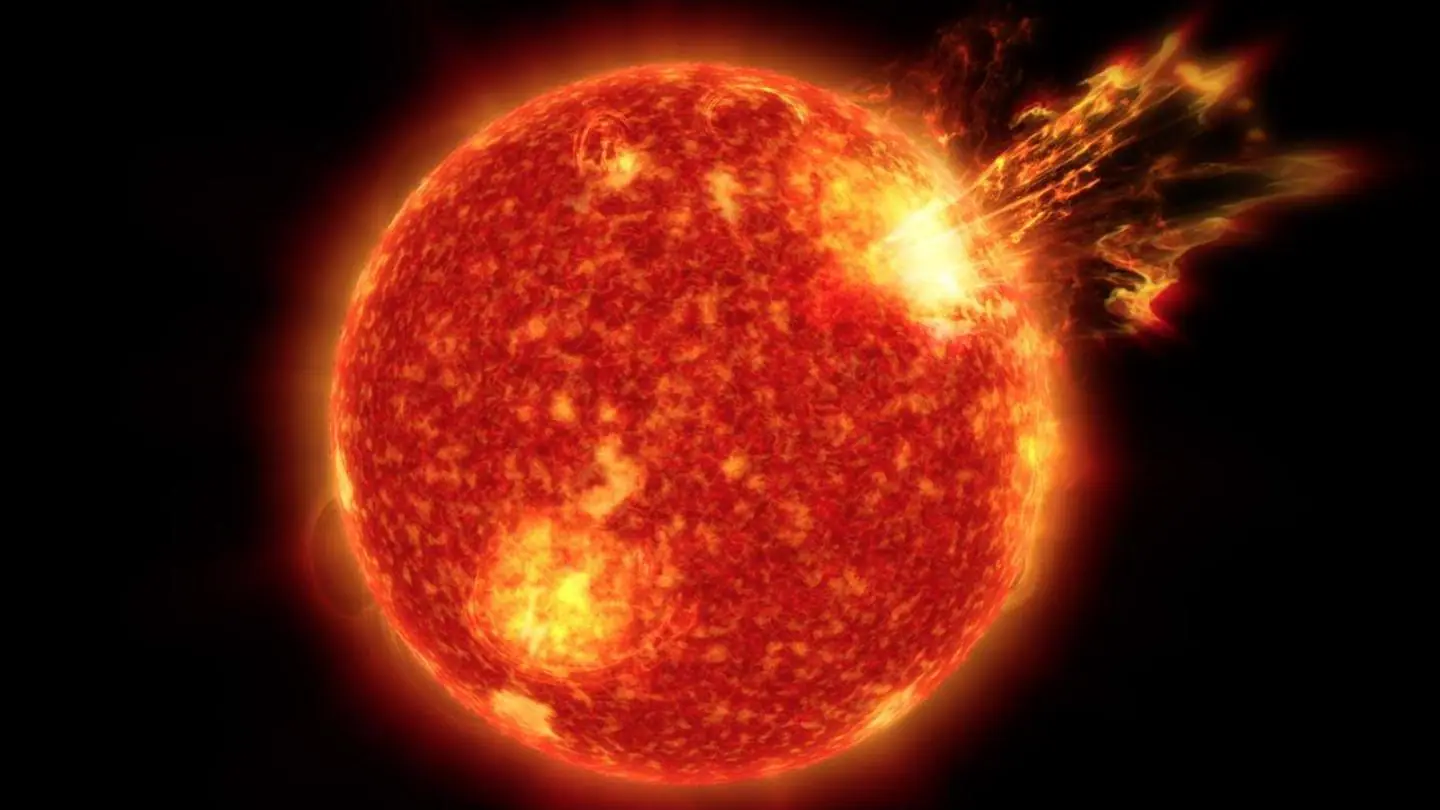
Beware! Earth might get hit by consecutive solar storms
What's the story
The Earth seems to have incurred the Sun's wrath. The star has hurled a coronal mass ejection (CME) which should hit us tomorrow i.e. August 17 and result in a G2-class solar storm.
The CME will be followed by a high-speed stream of solar wind on August 18 and shall affect our planet's magnetosphere.
Spectacular aurora, communication disruptions, and shortwave radio blackouts are possible.
Context
Why does this story matter?
While the Earth-bound solar storms seem quite scary, things are expected to get much worse in the future.
The Sun has embarked on an 11-year solar cycle and will reach its peak in 2023. While our magnetic field ably deflects harmful solar radiation, not all of them can be stopped.
Very strong solar storms may destroy our power grid and damage the satellites.
Details
The CME was caused by a "dark plasma explosion"
The CME was hurled in our direction by a "dark plasma explosion" on the Sun on Monday.
It will strike our magnetic field and might cause minor (G1) to moderate (G2) geomagnetic storms. They are unlikely to cause extensive damage.
A geomagnetic storm is also expected on August 18 but its intensity cannot be predicted right now.
Phenomenon
What are coronal mass ejections?
Coronal mass ejections or CMEs take place when the Sun spits out superheated plasma and the accompanying magnetic field from its atmosphere's (corona) outermost layer.
On interaction with the Earth's magnetic field, they can lead to several phenomena.
Depending on their severity, they have the potential to wreak havoc on our planet and also create breathtaking aurora.
Information
How will the solar storms impact us?
Solar storms might cause GPS disruptions which will affect the movement of vehicles. Systems dependent on radio communication may also experience problems. Ham radio operators will be unable to access lower frequencies, while natural light displays called auroras will be formed in polar regions.